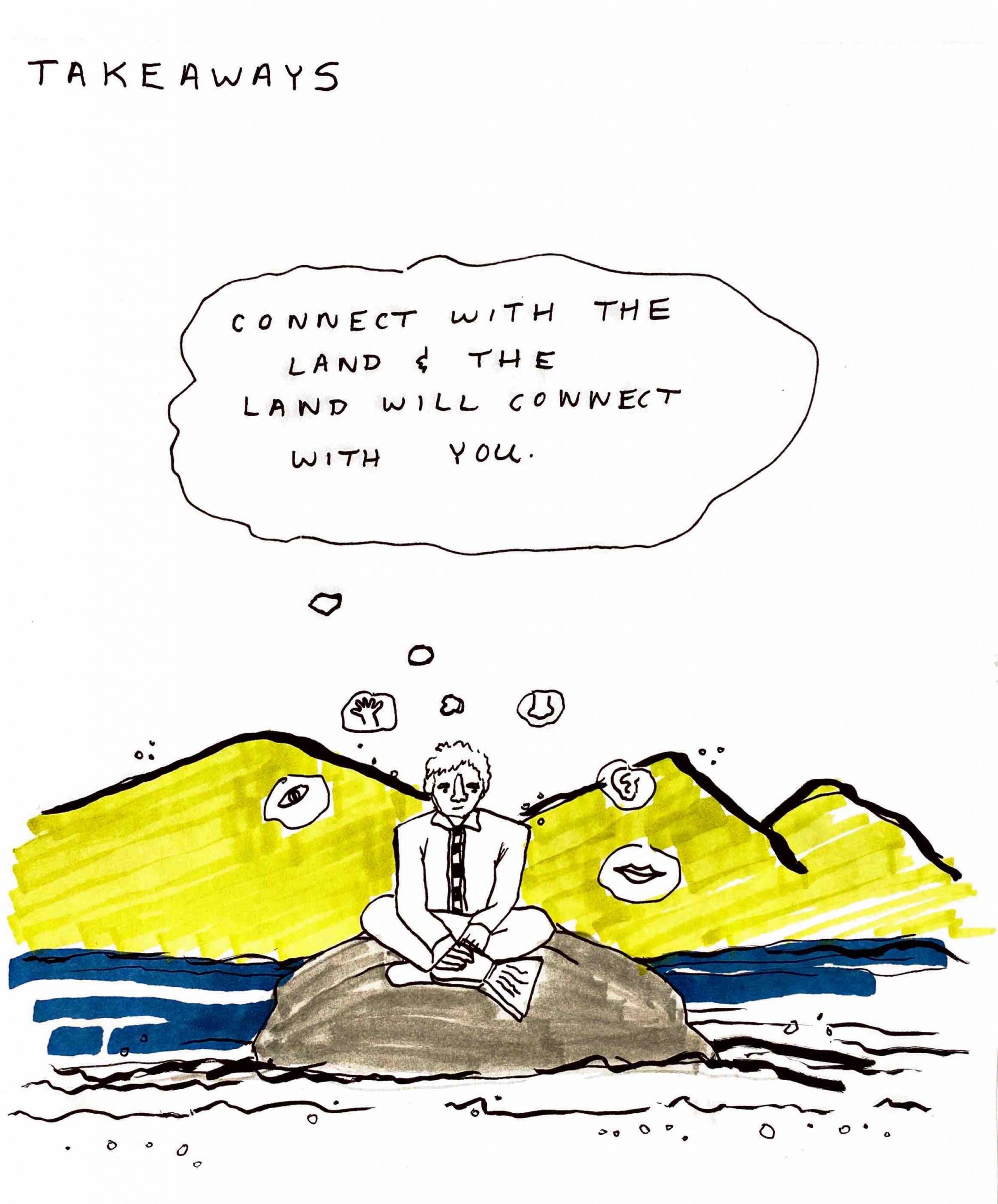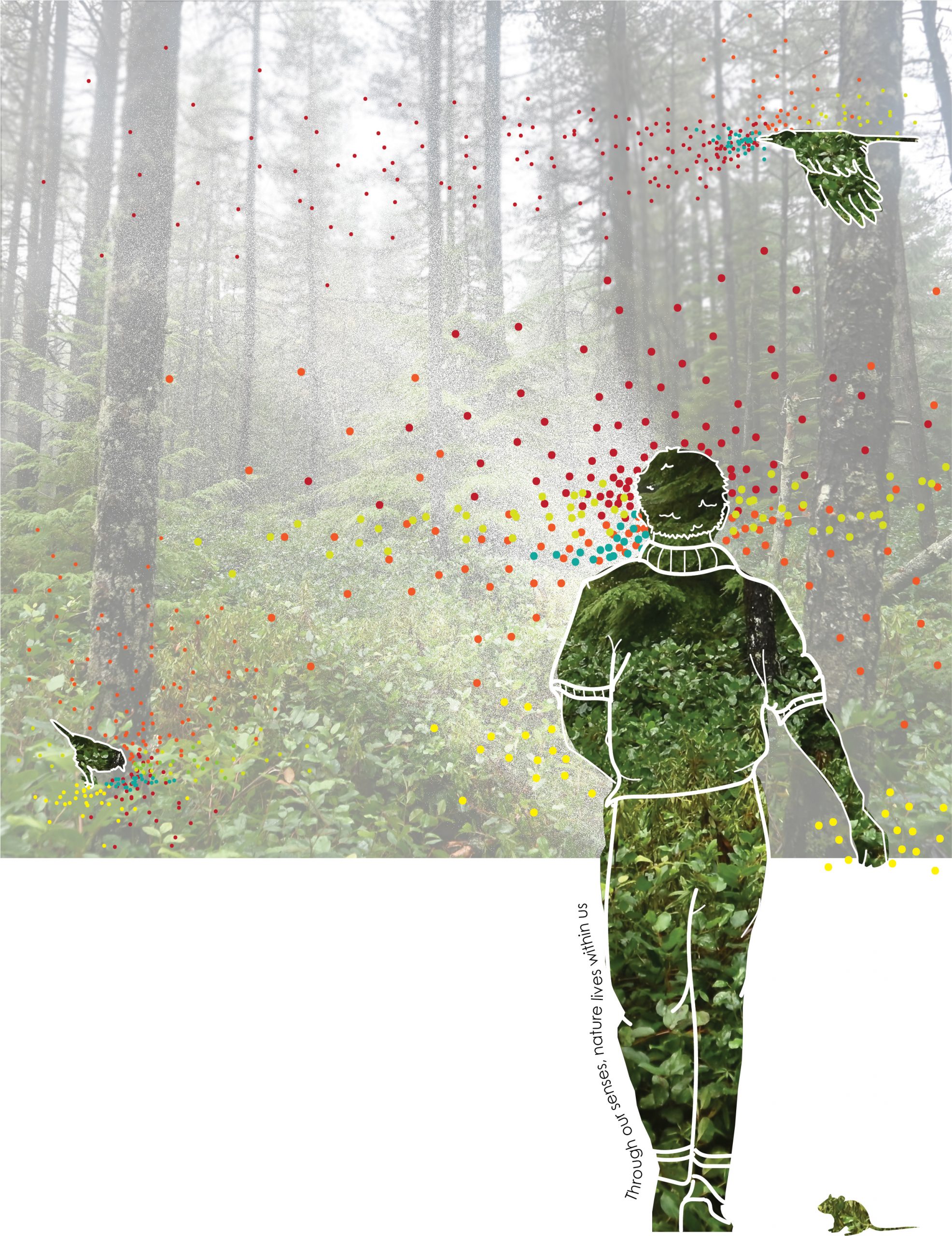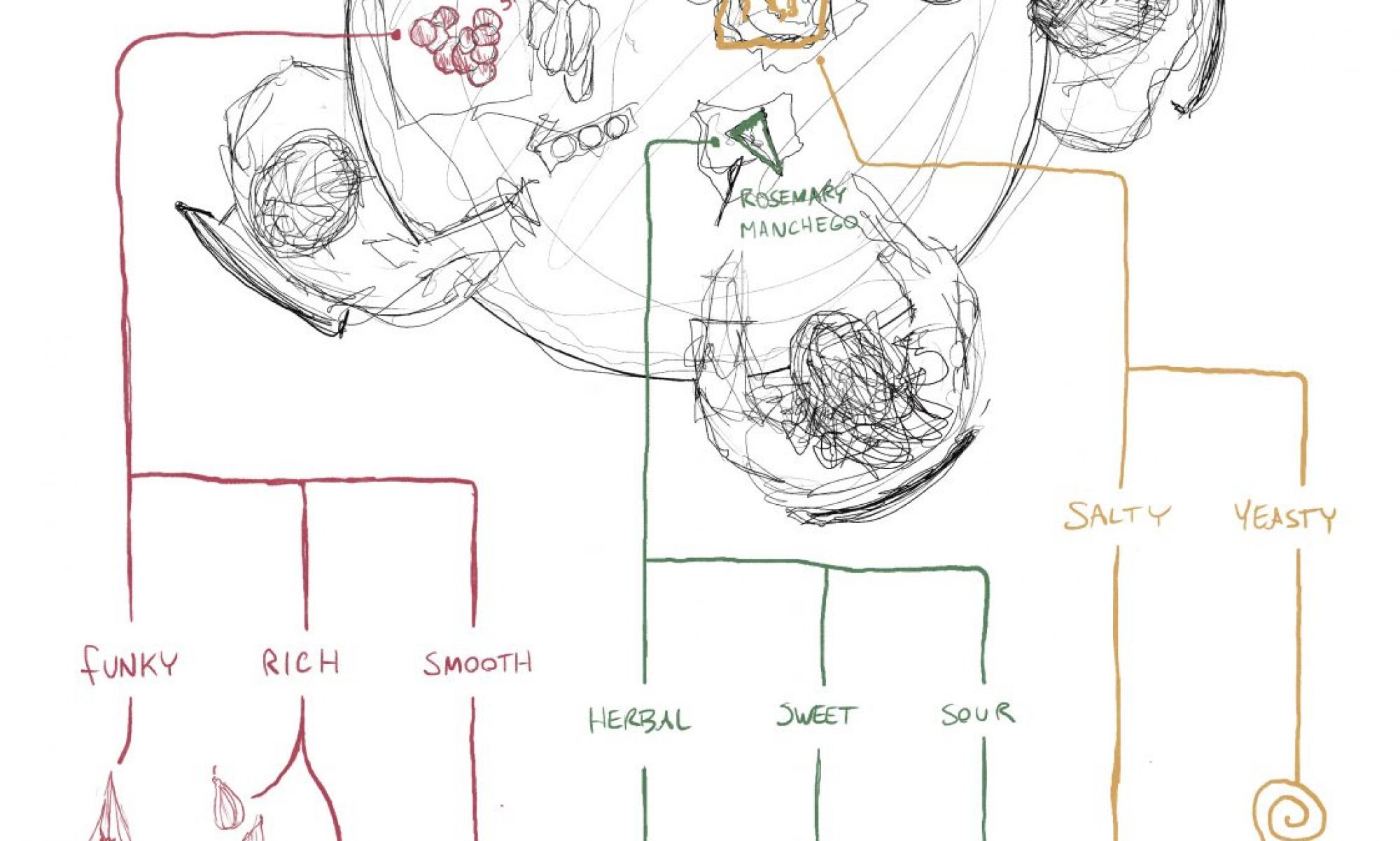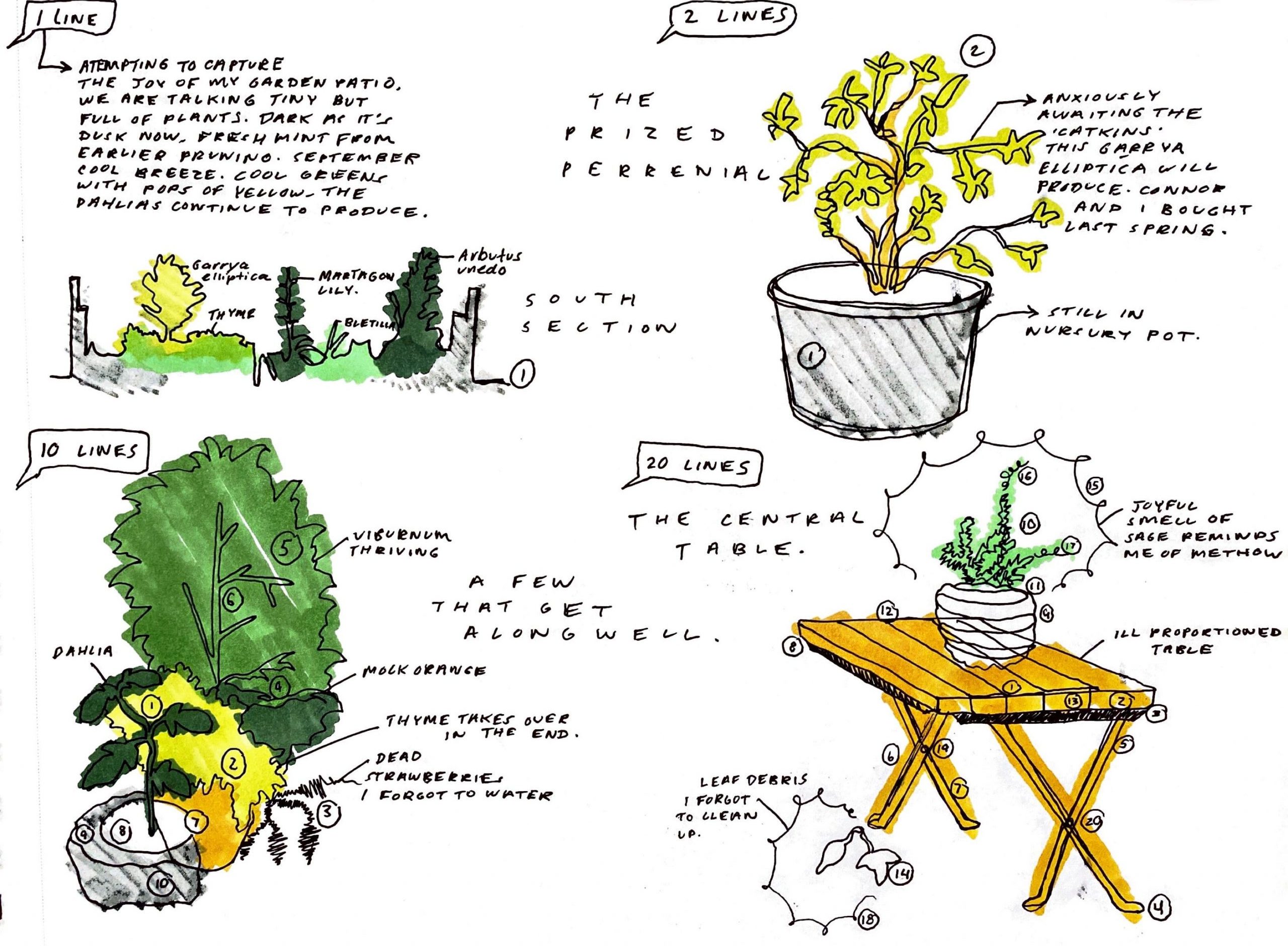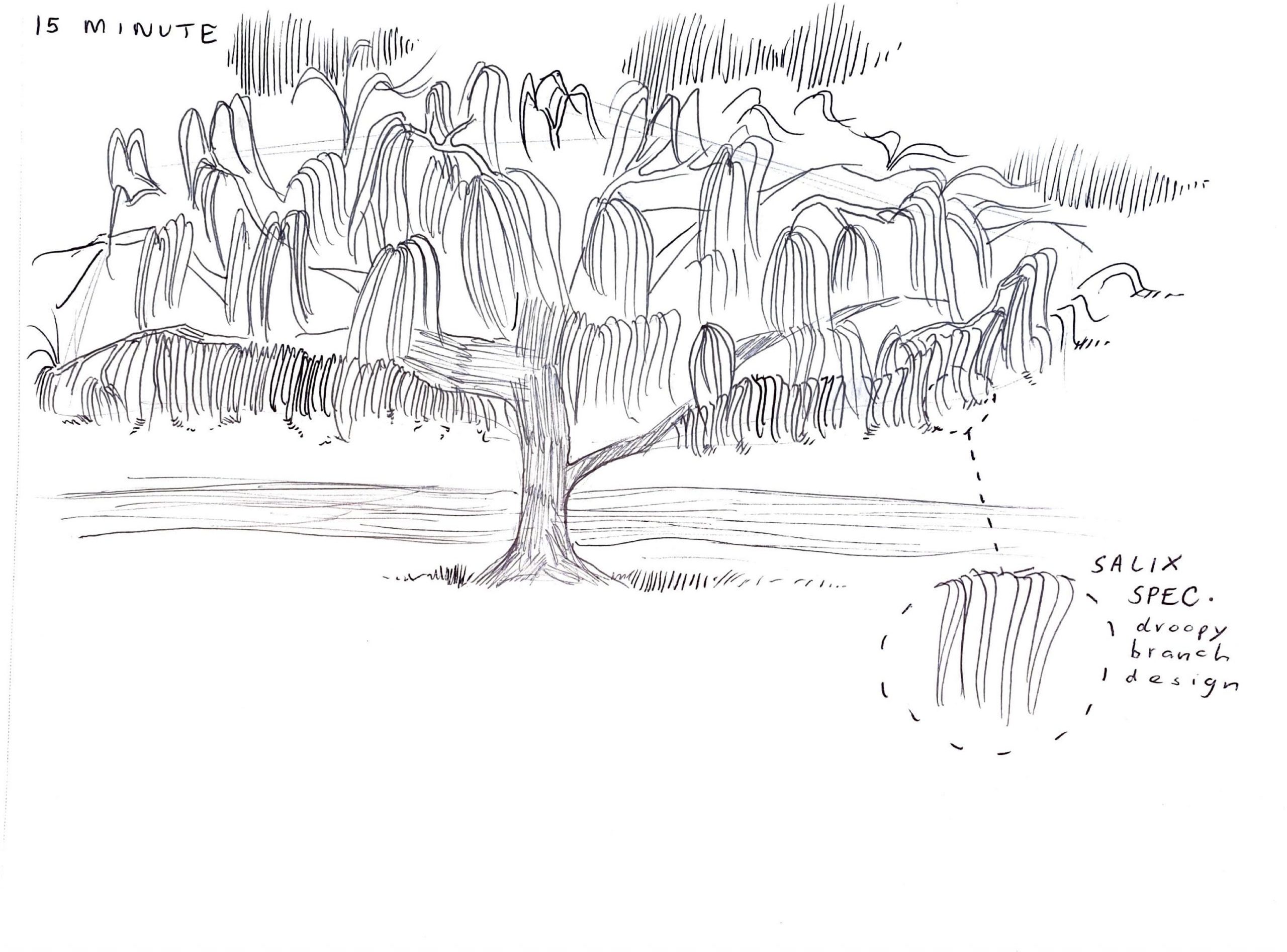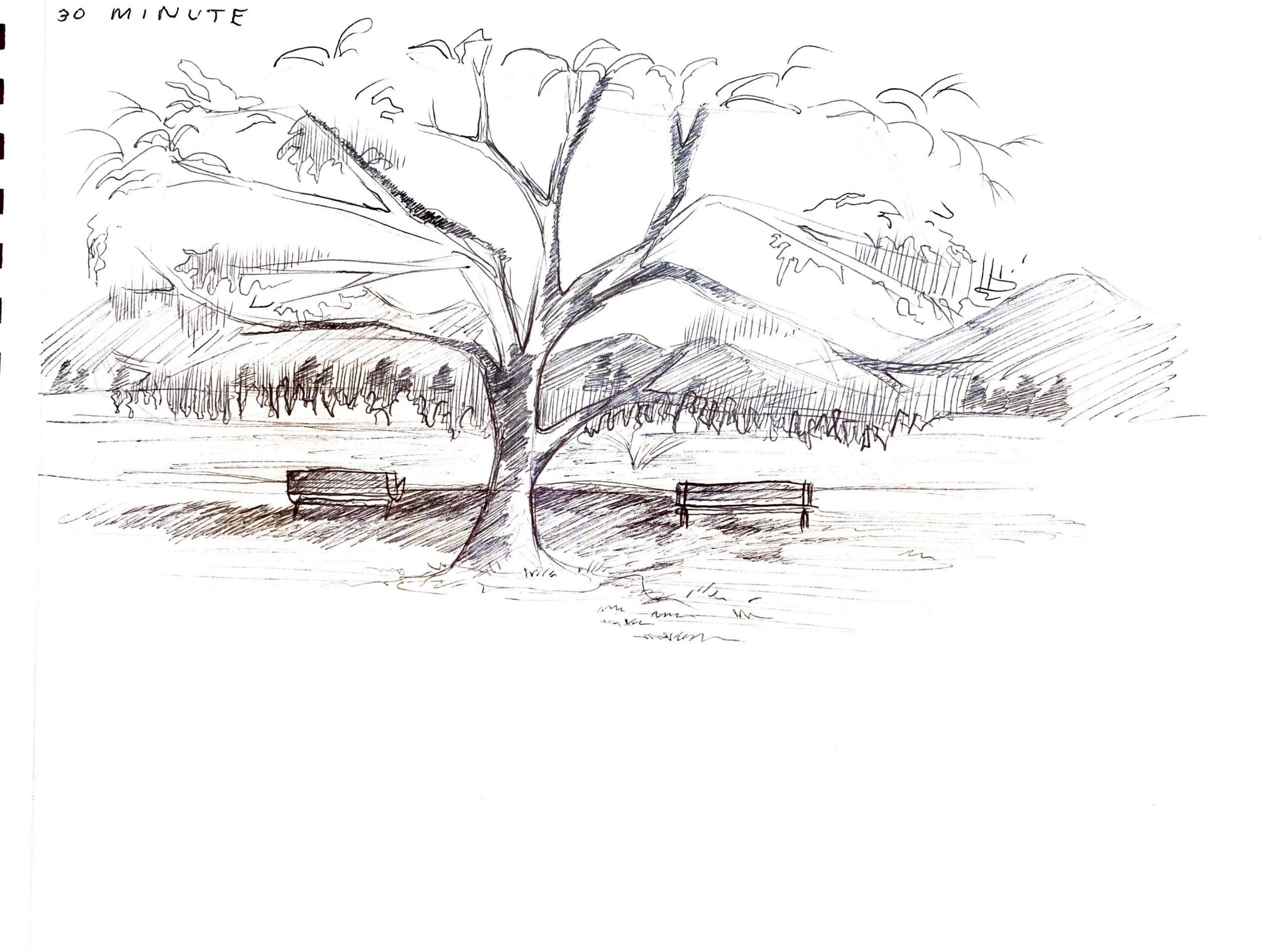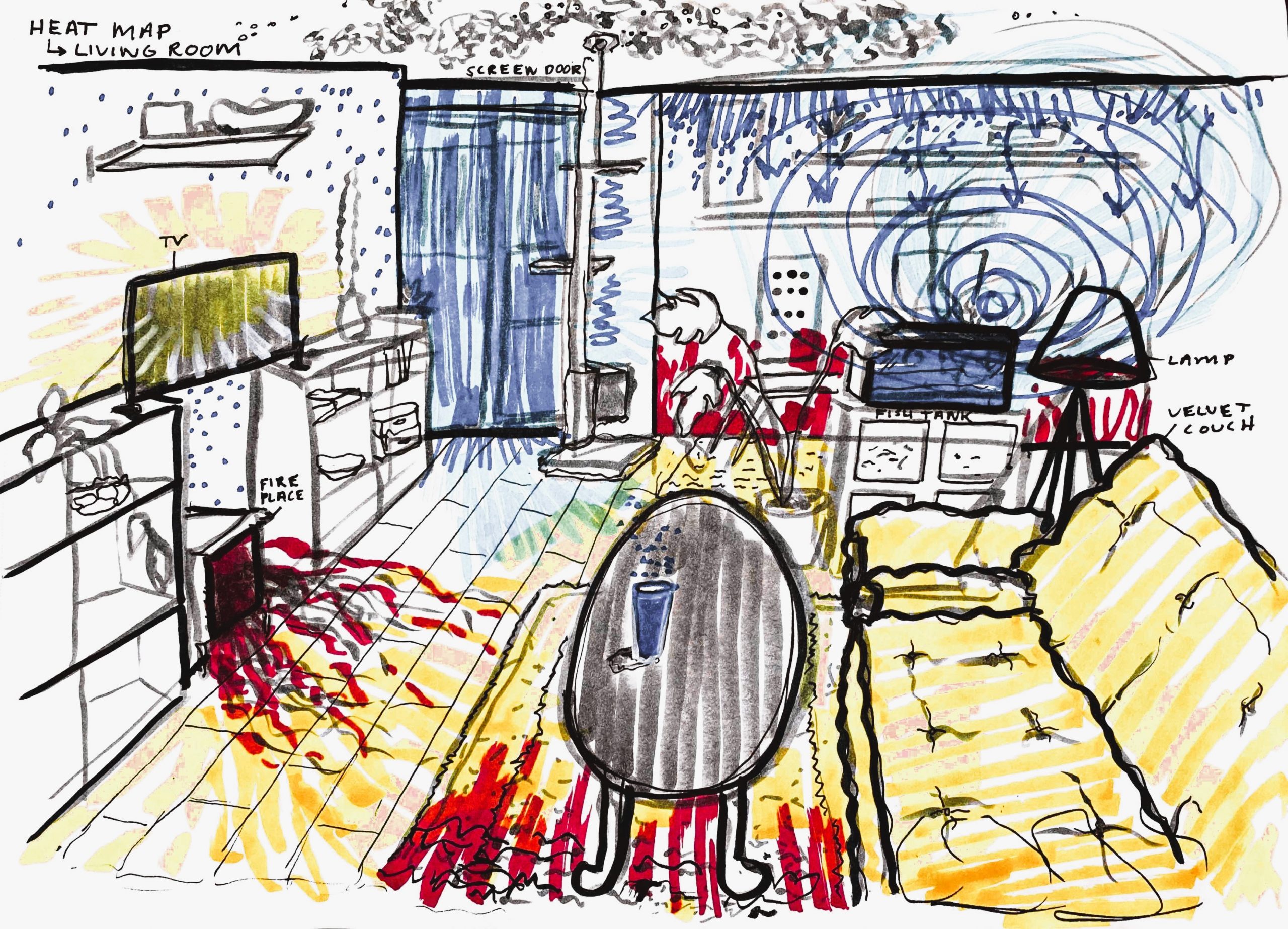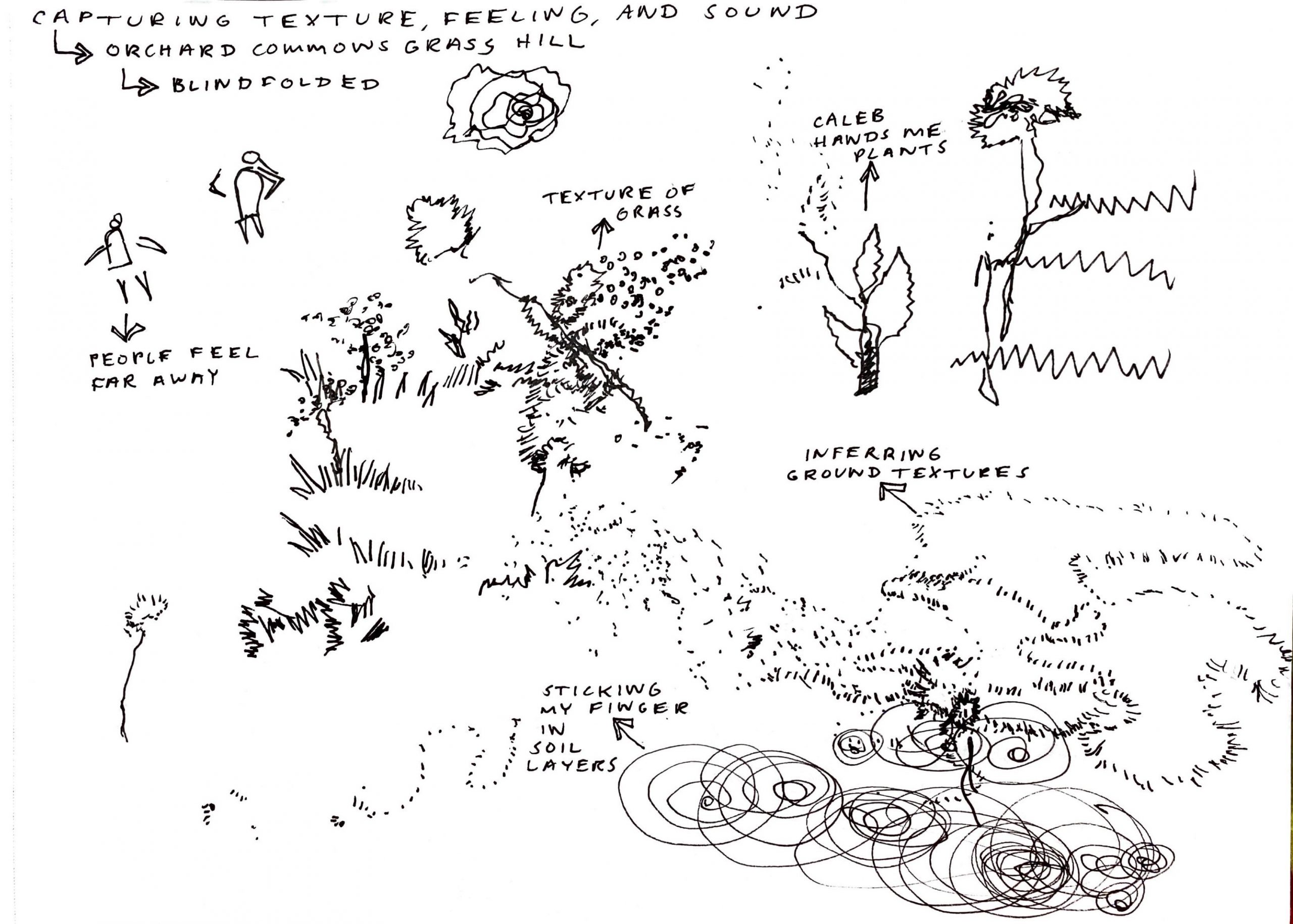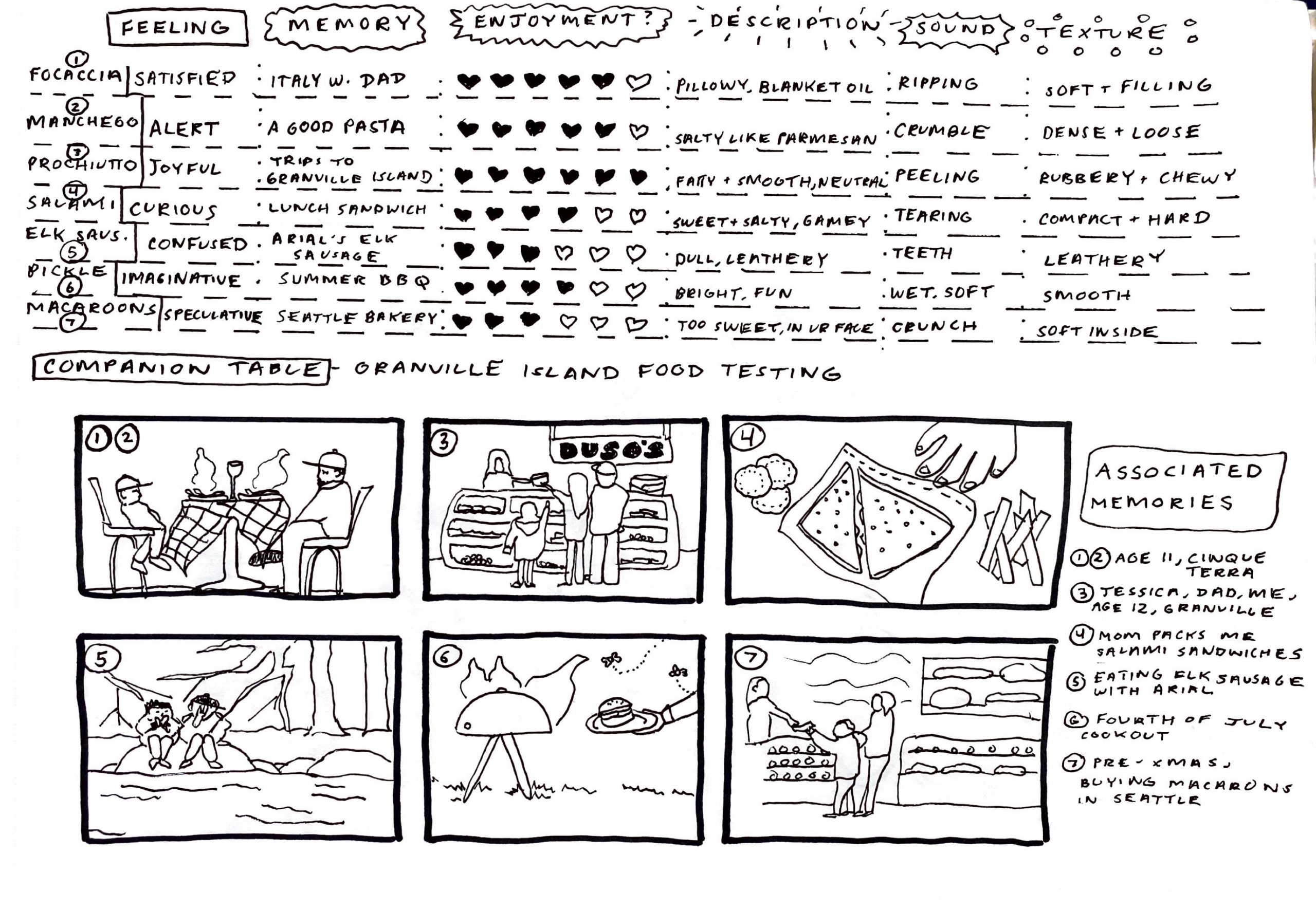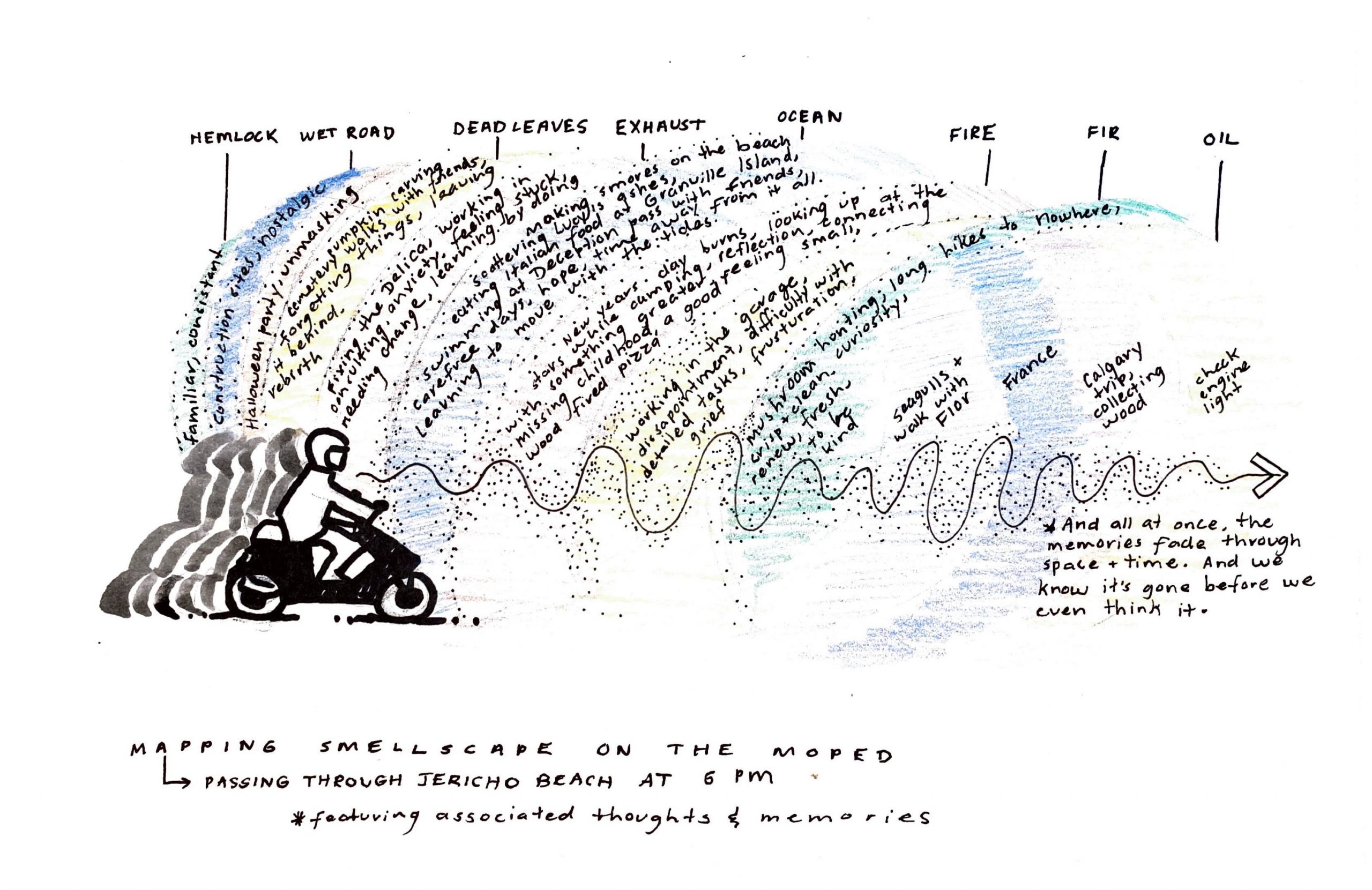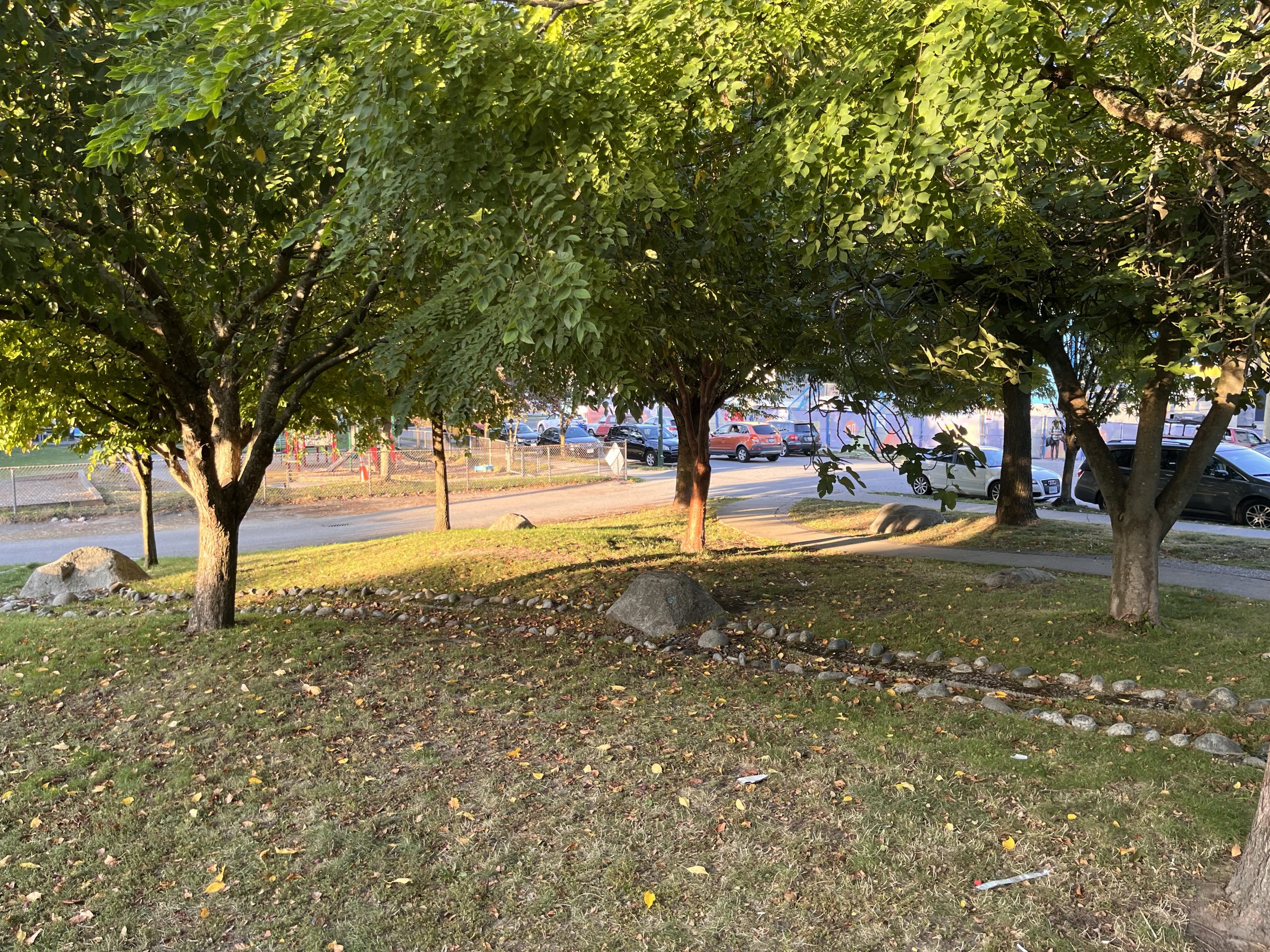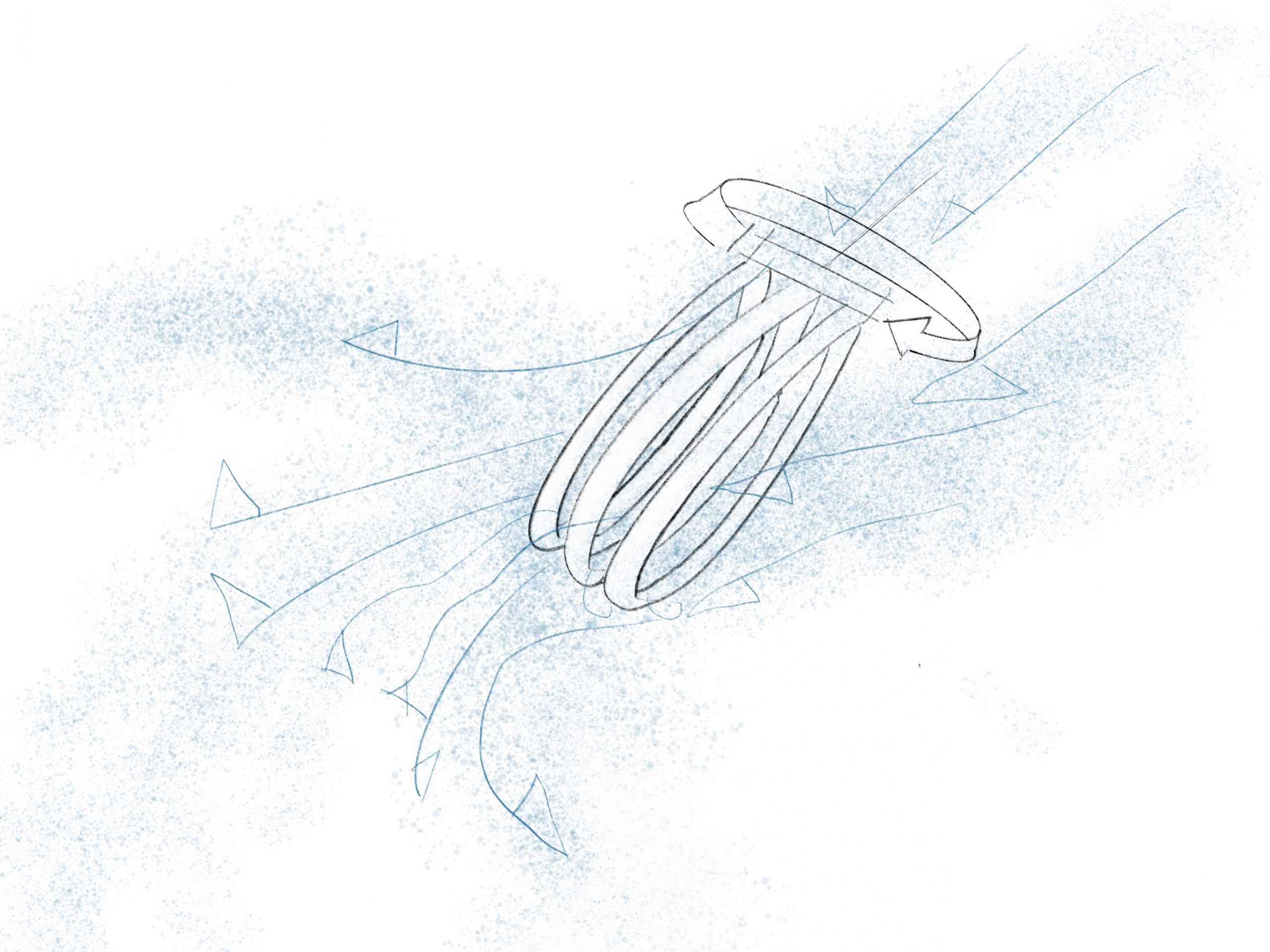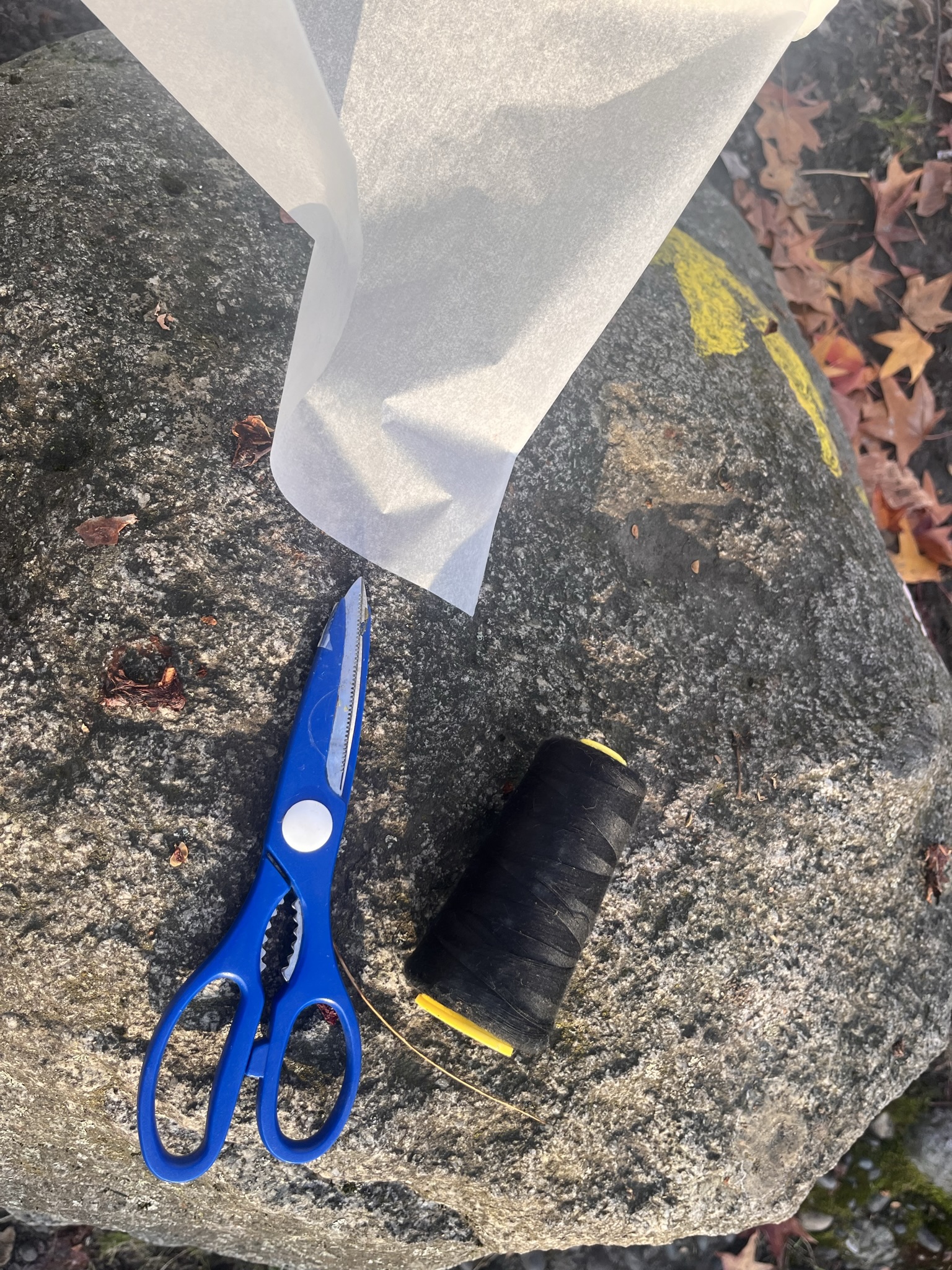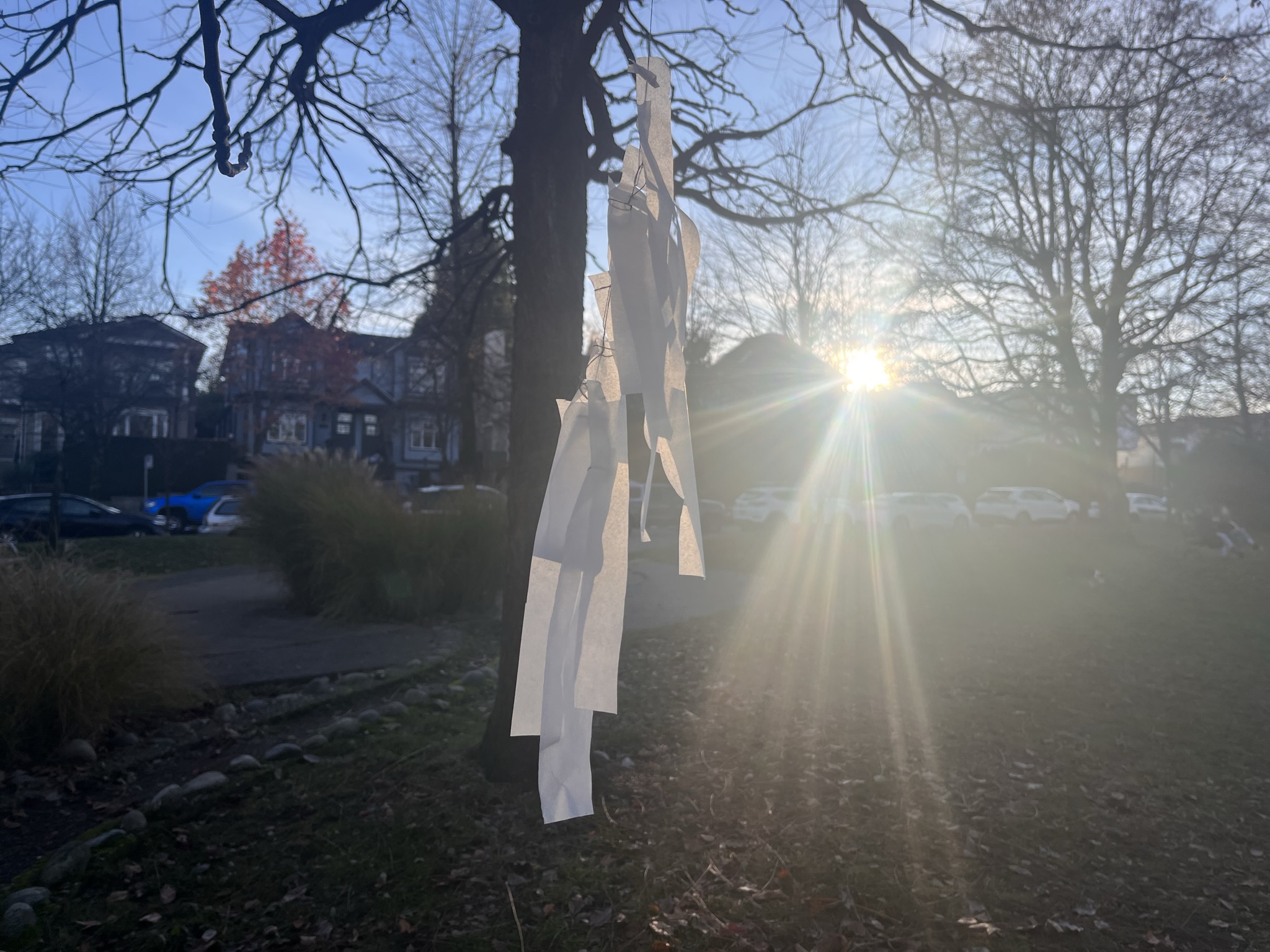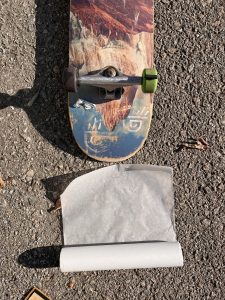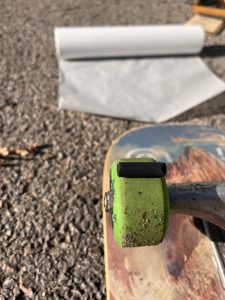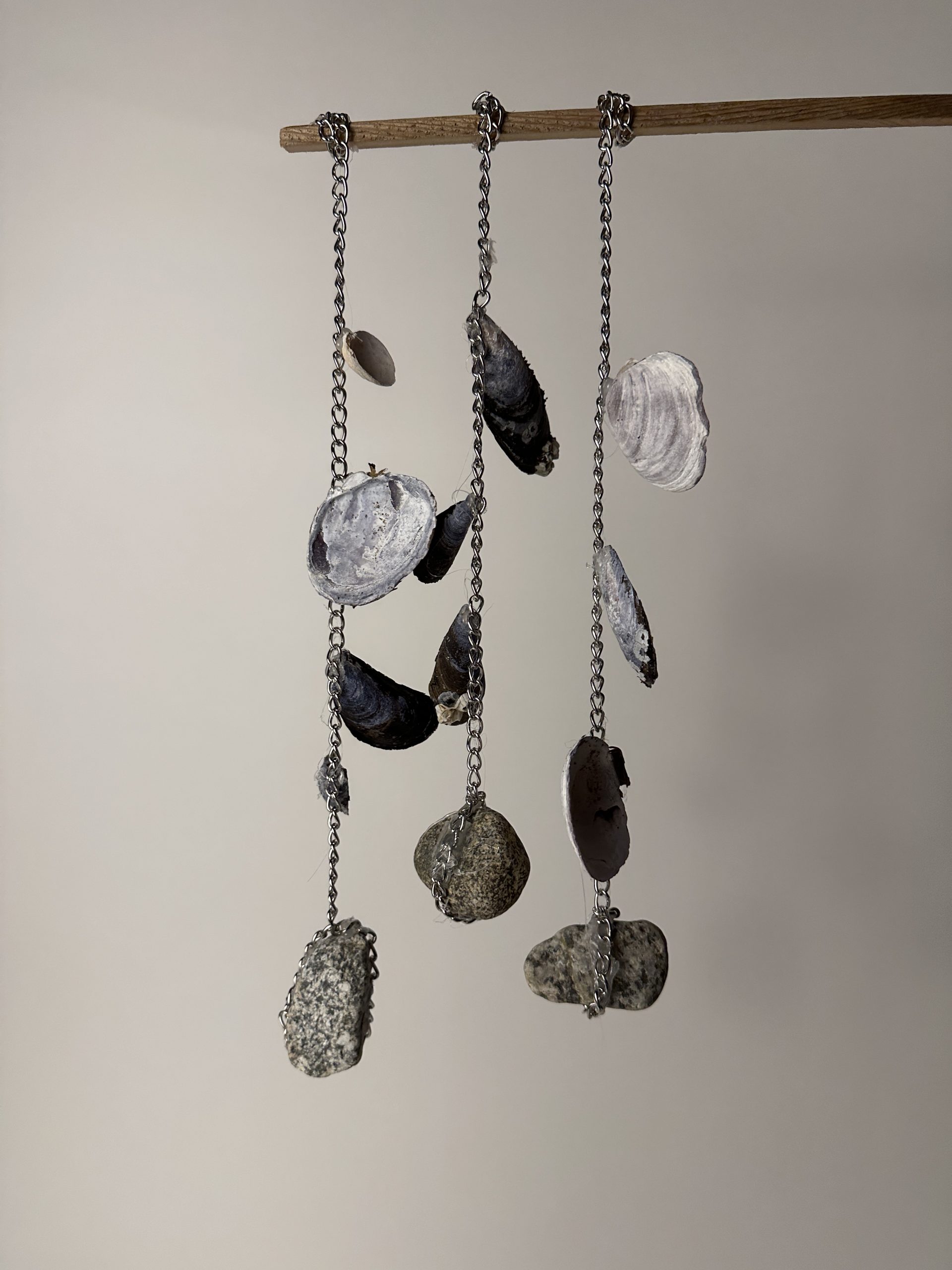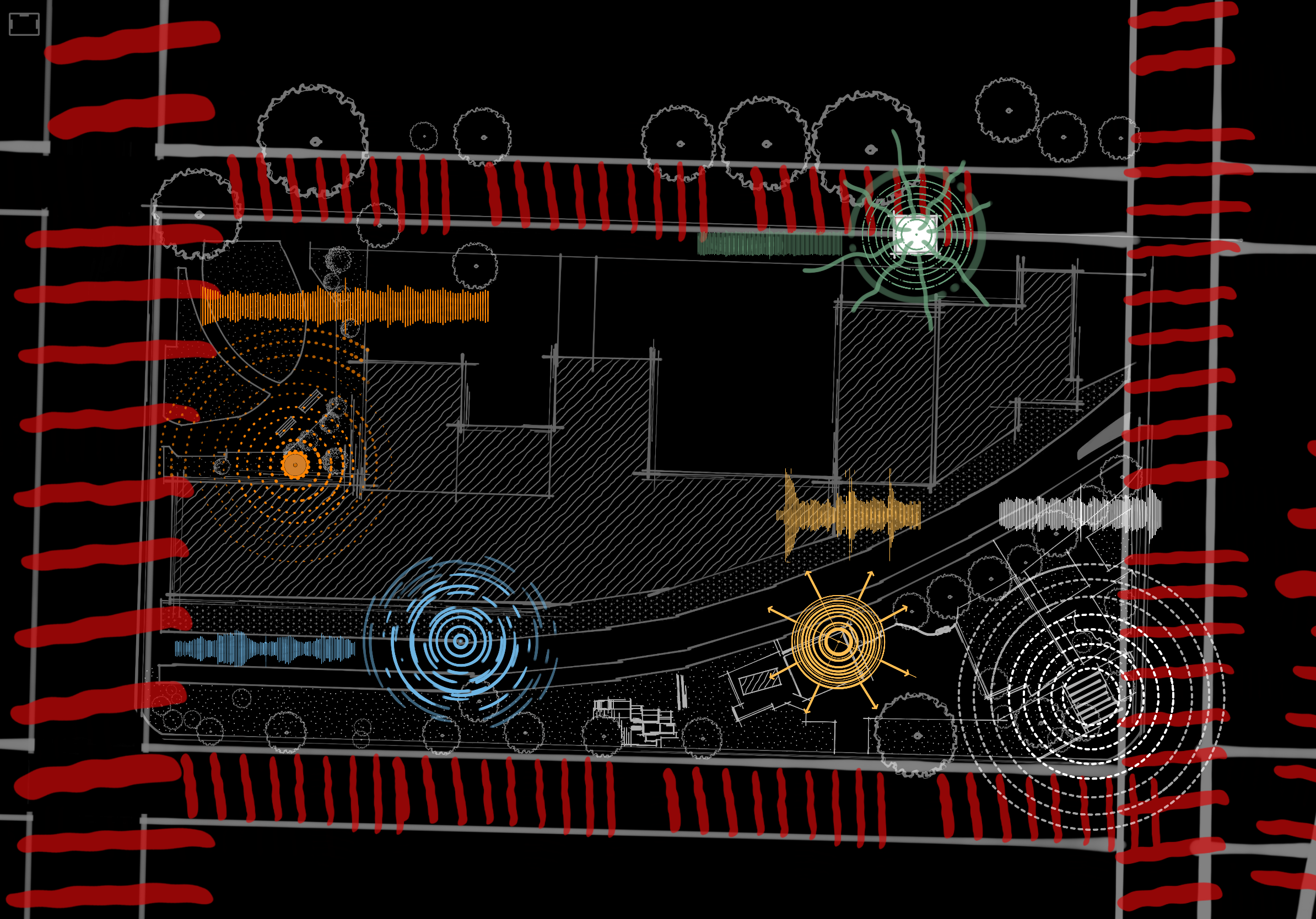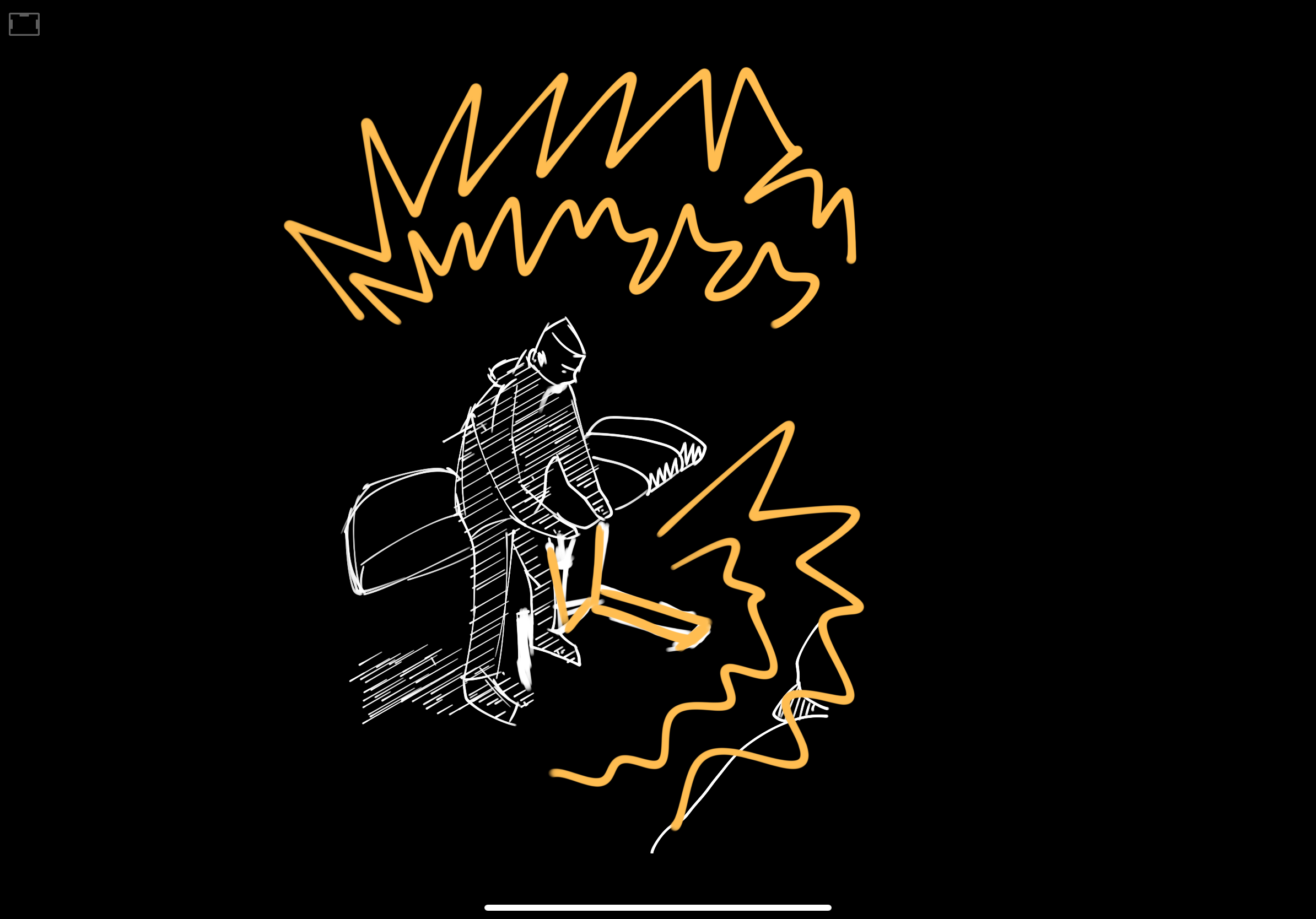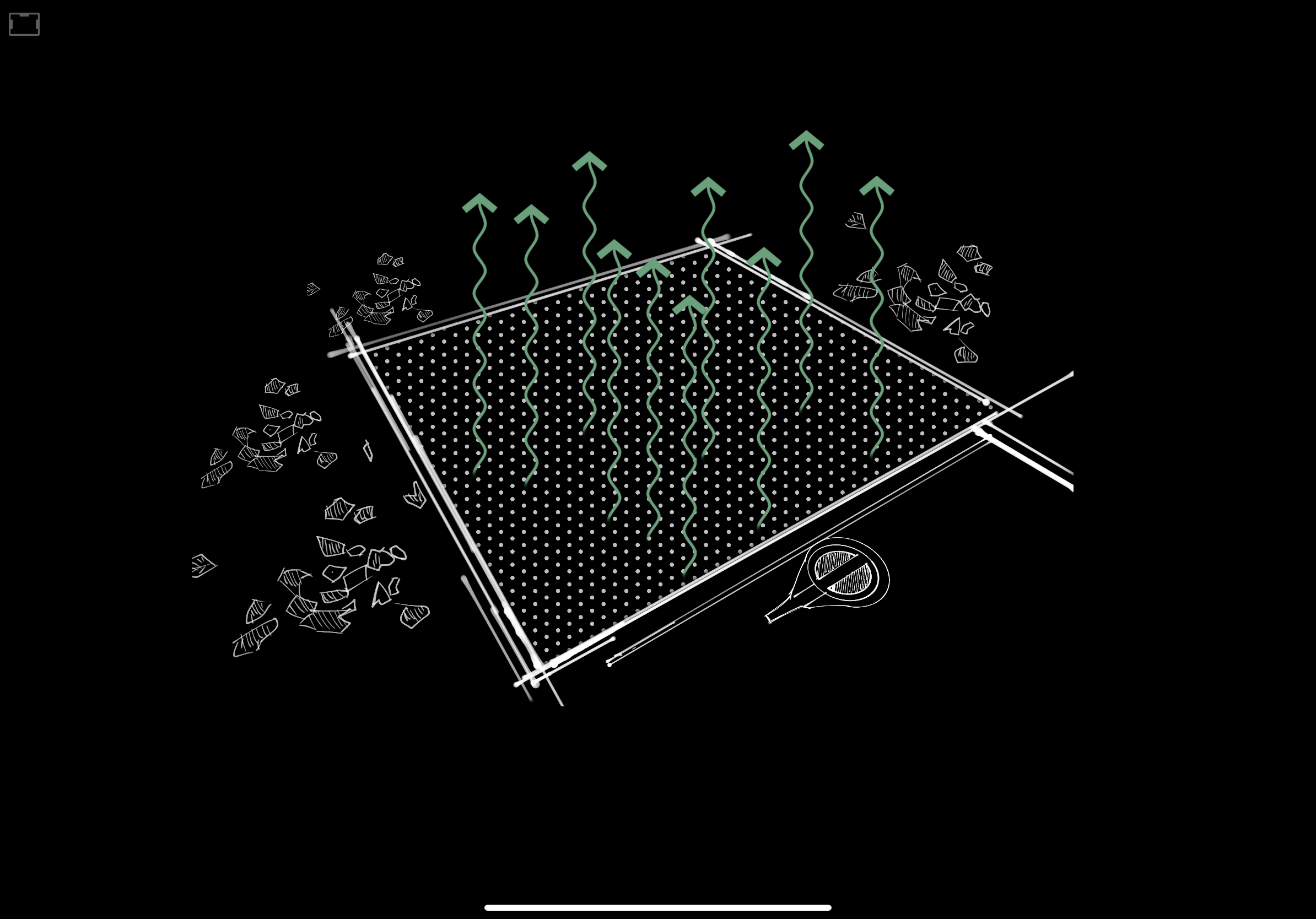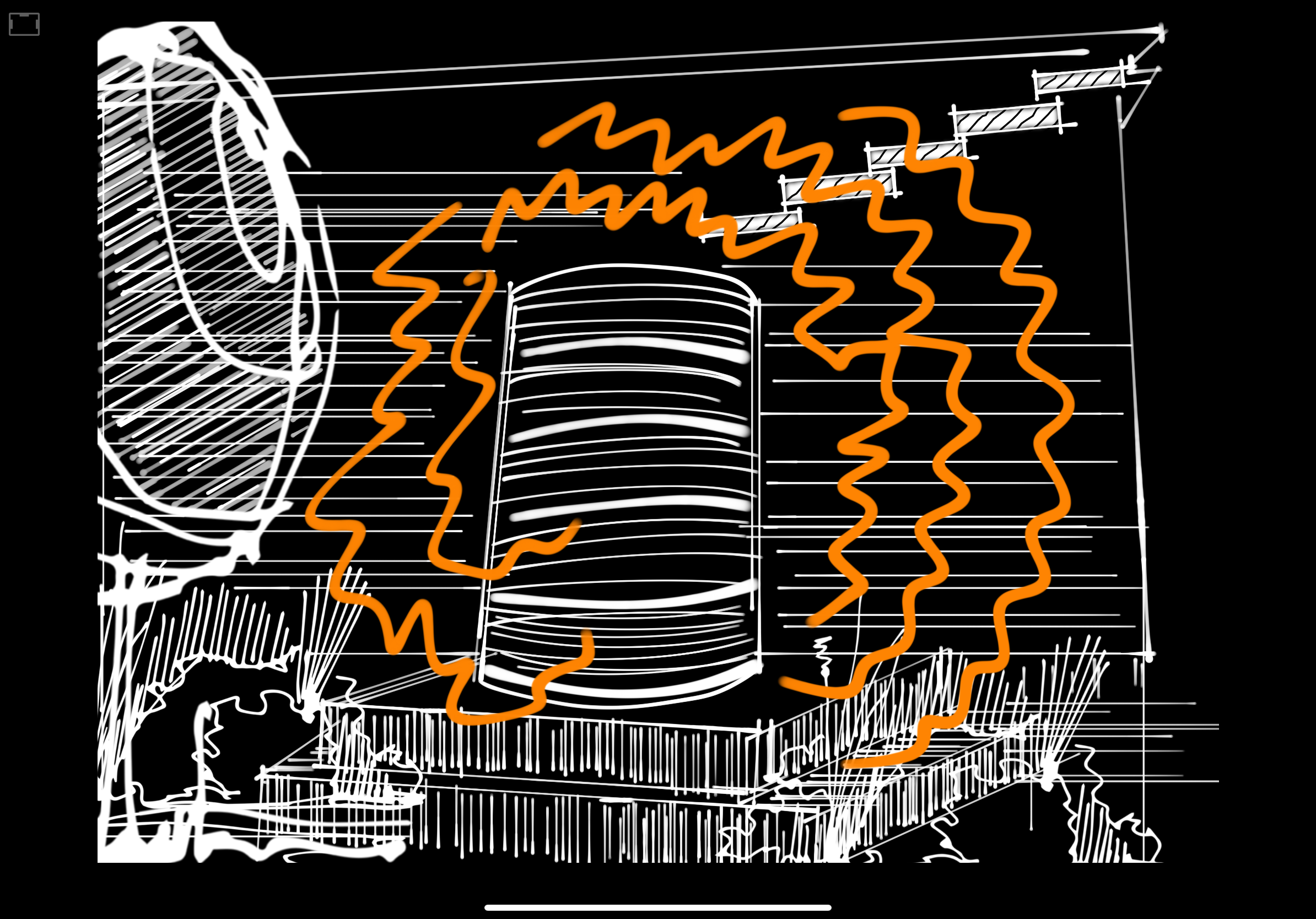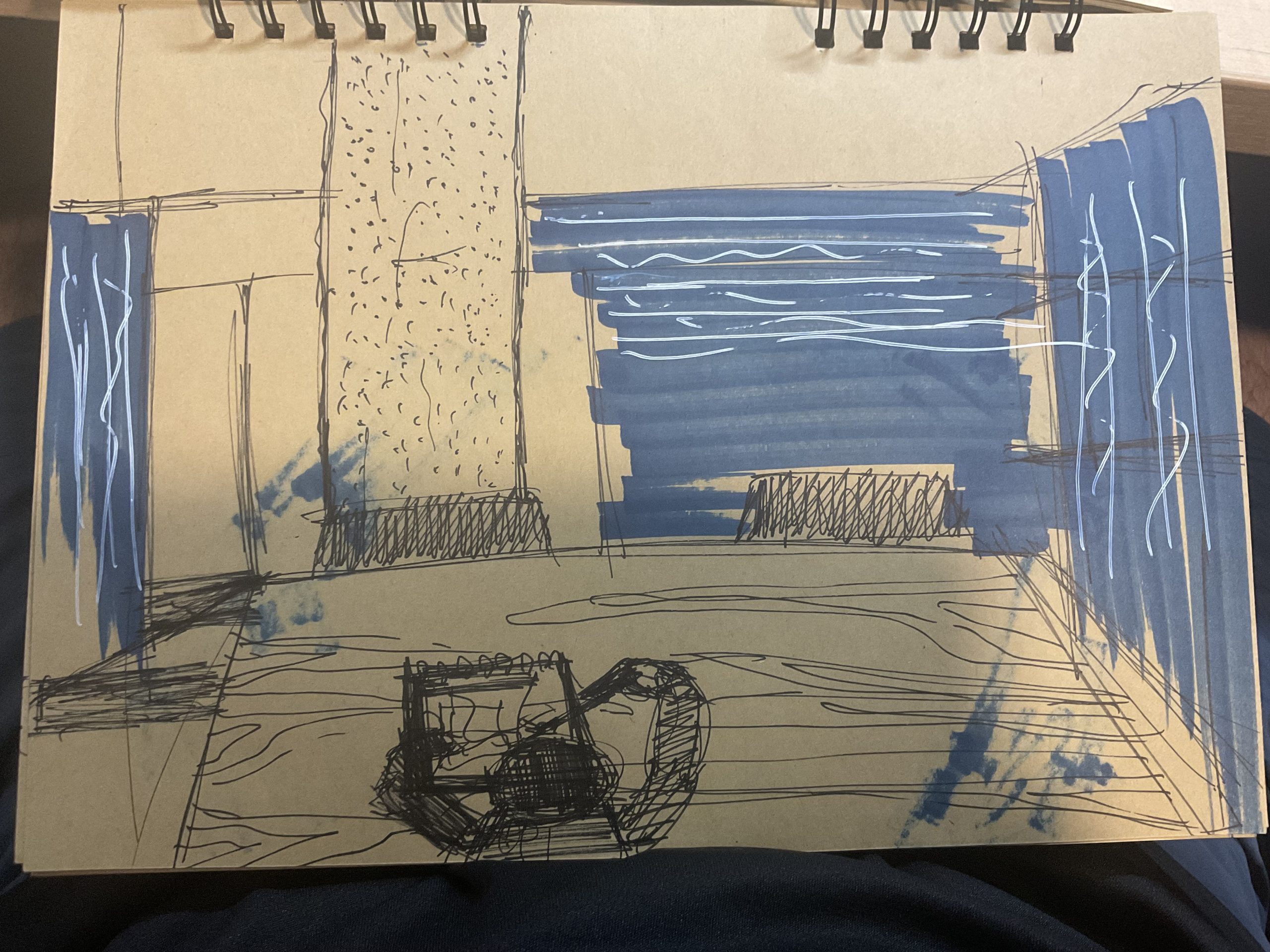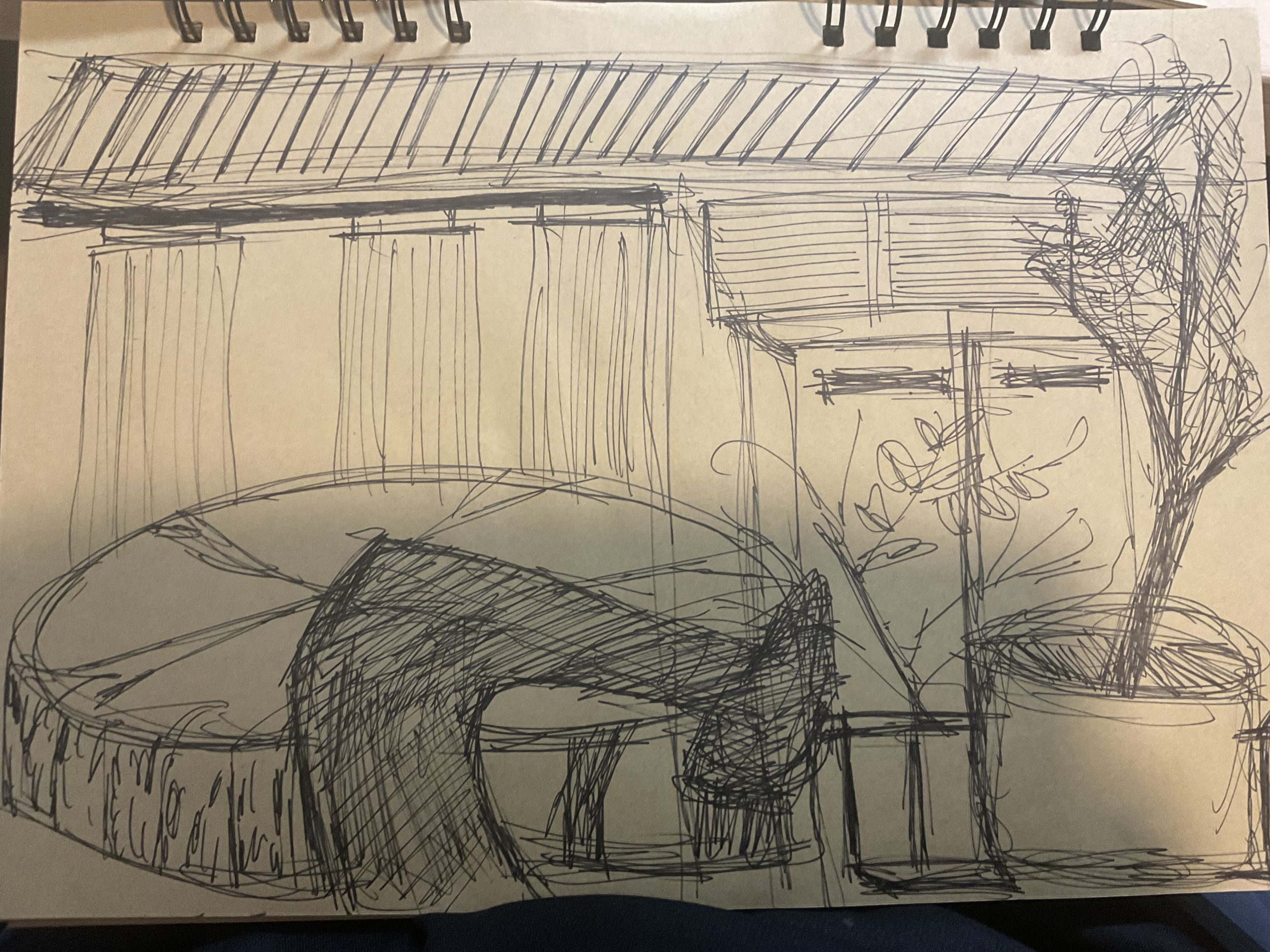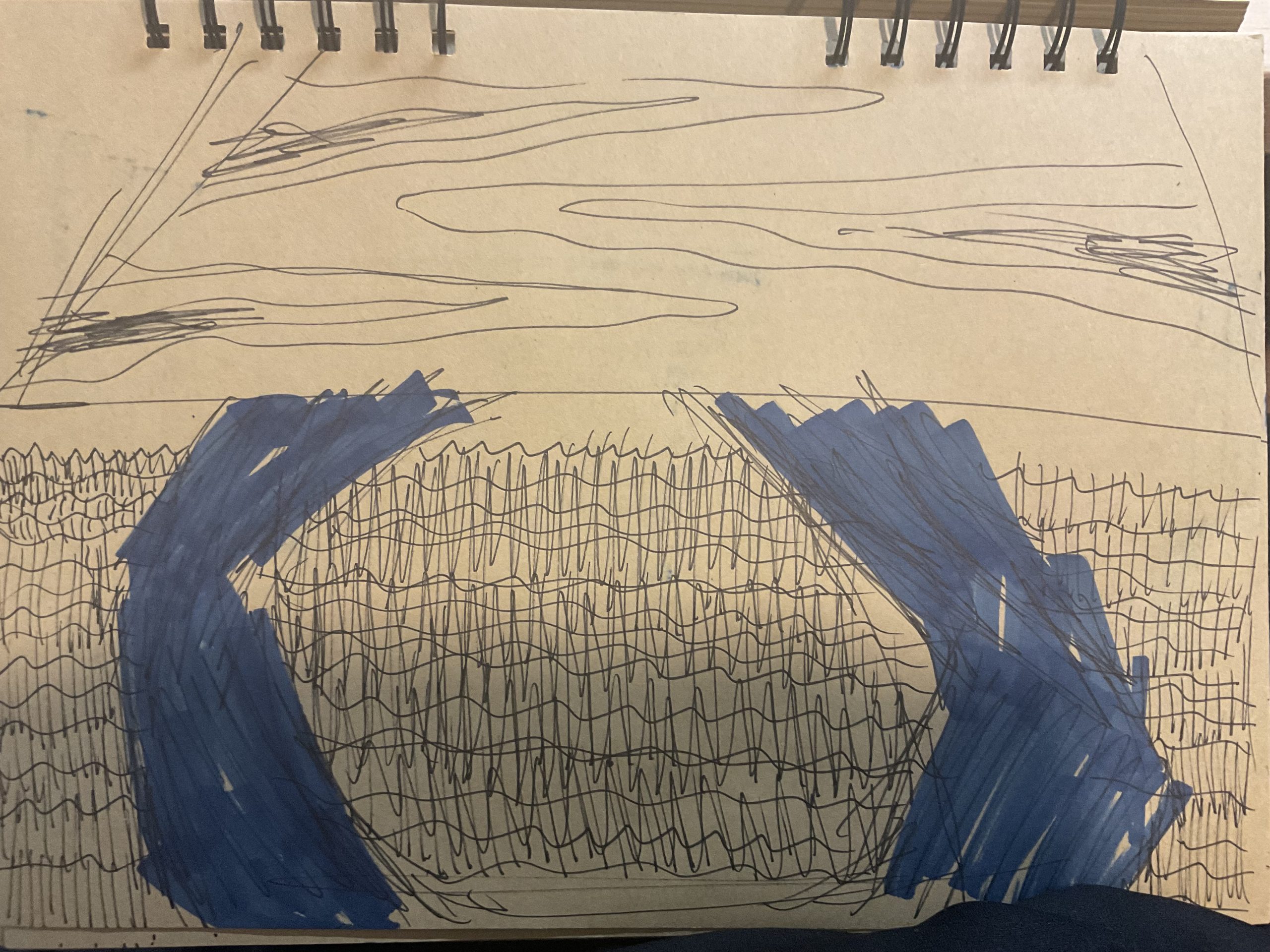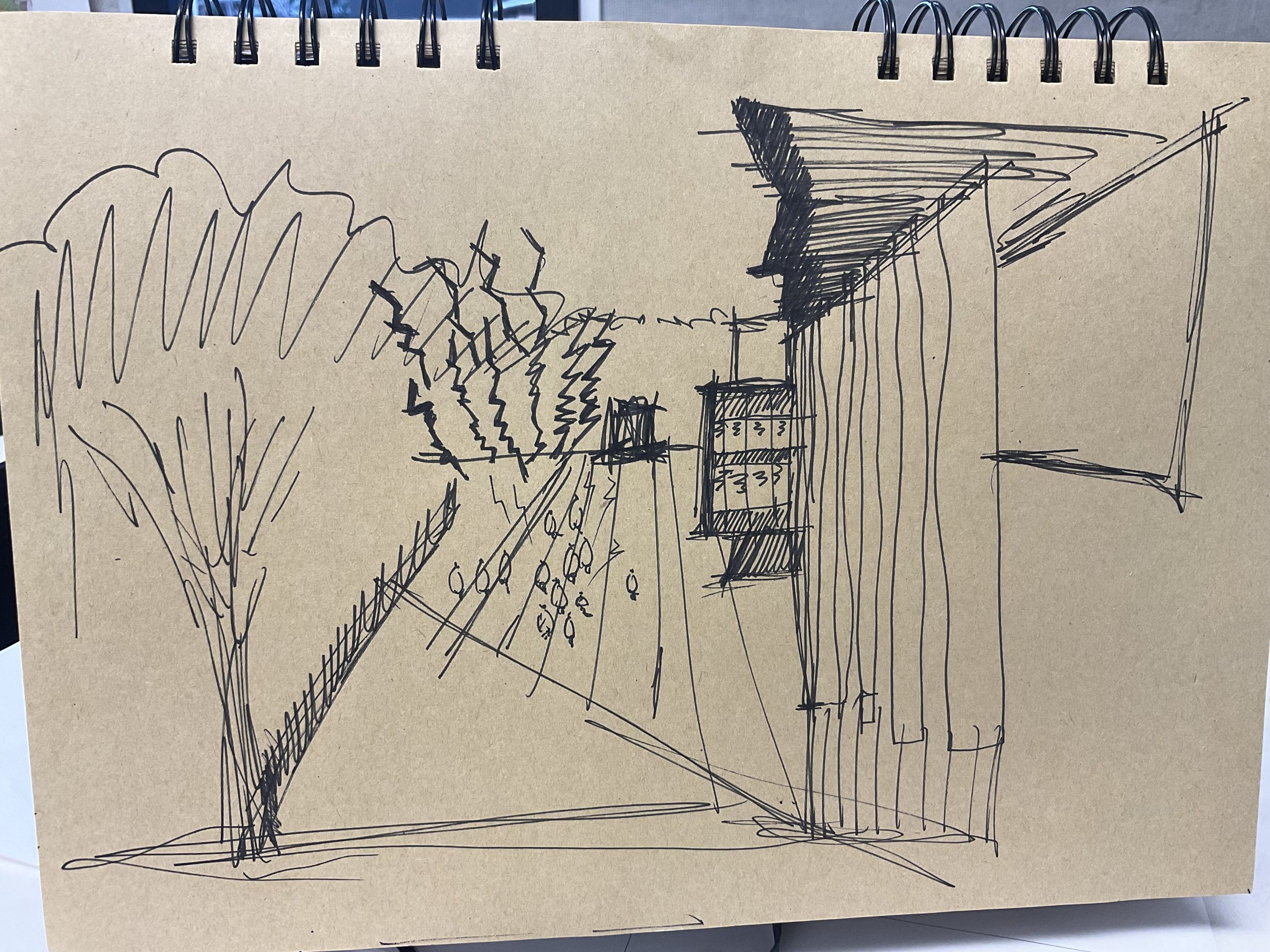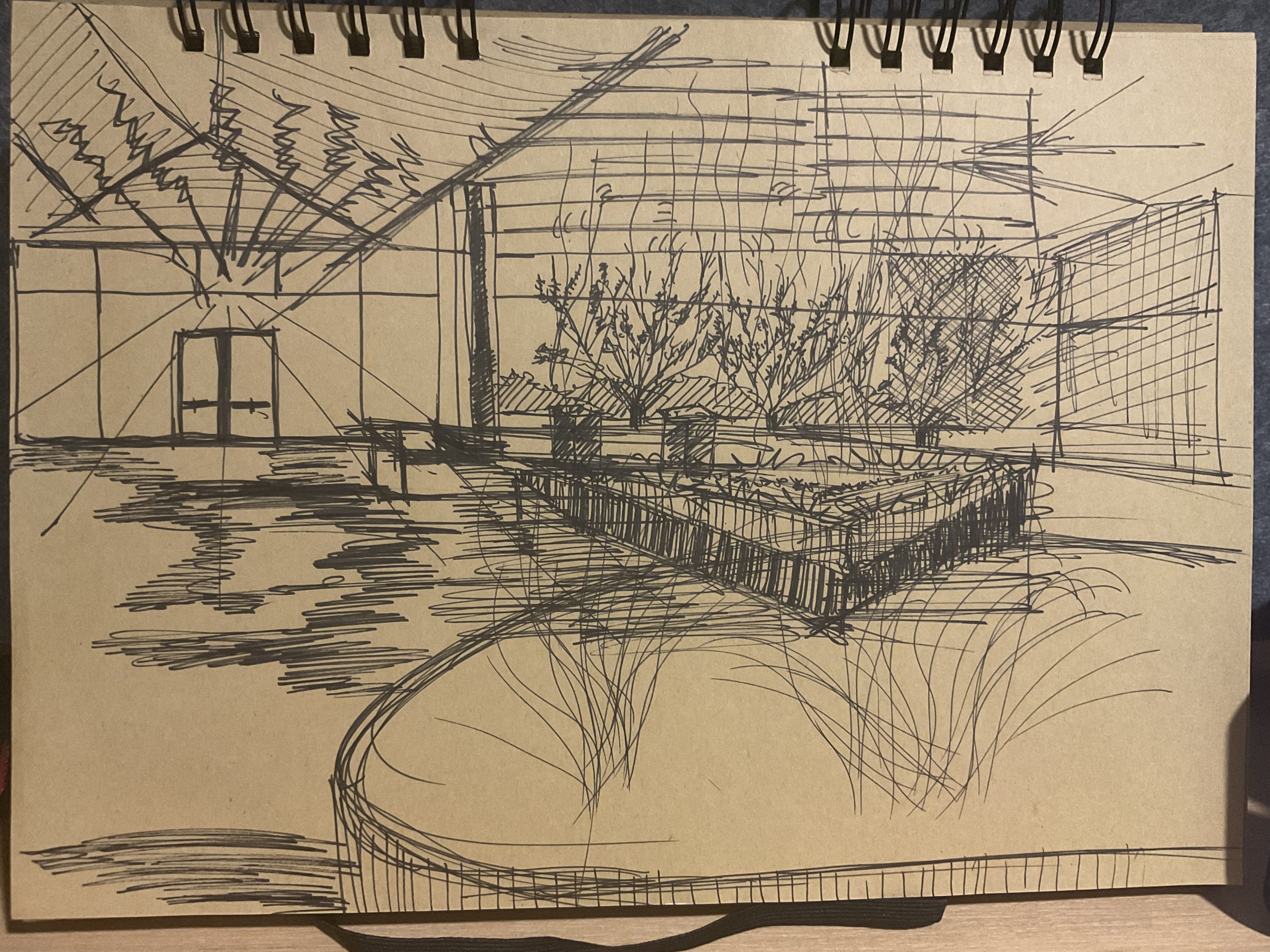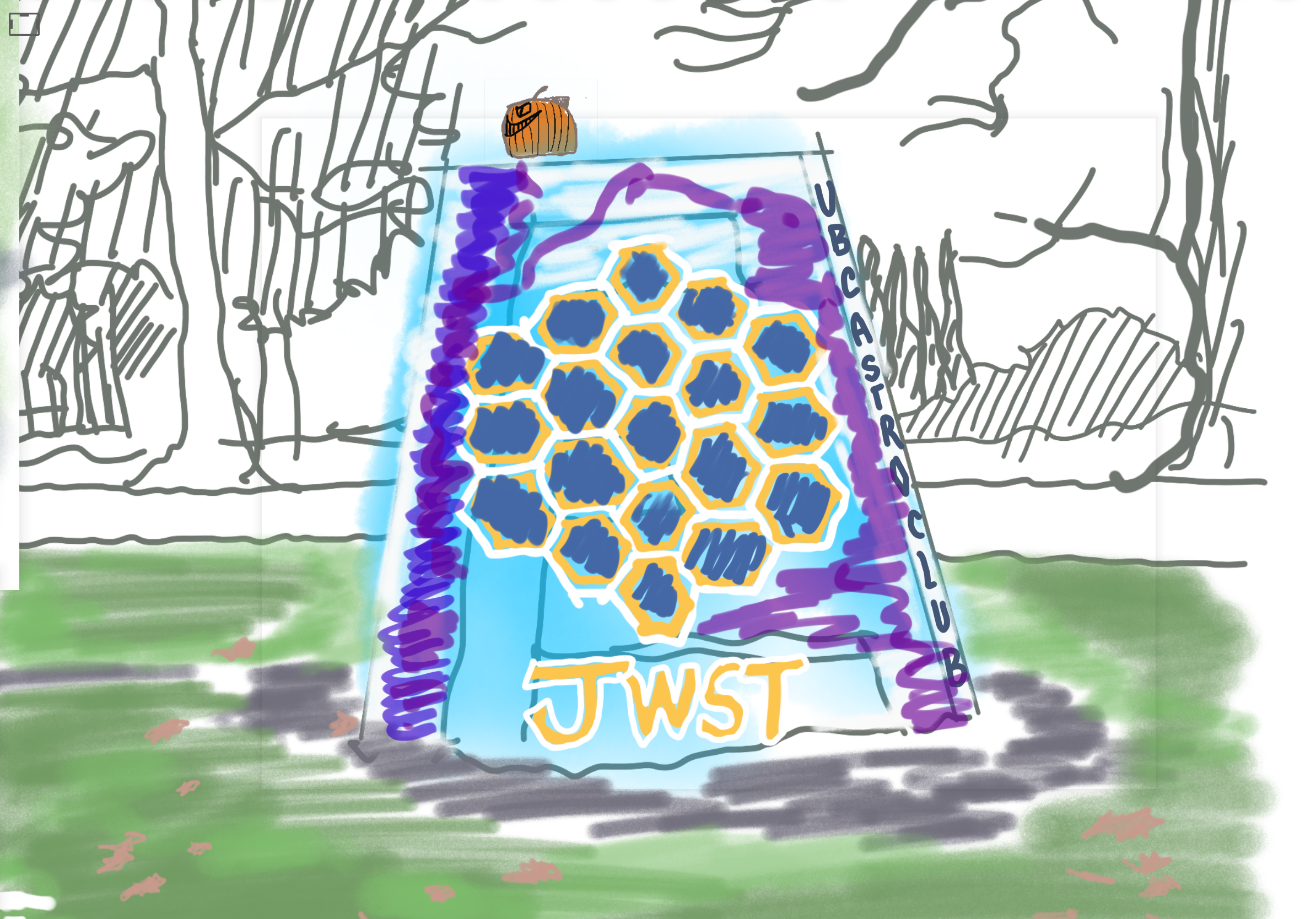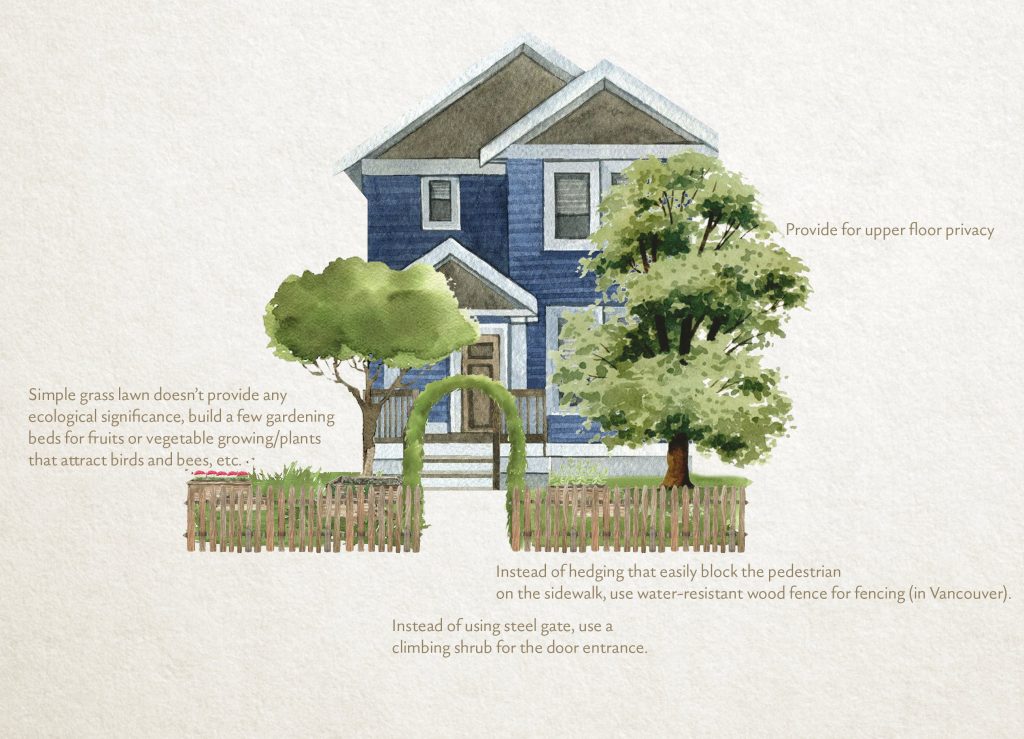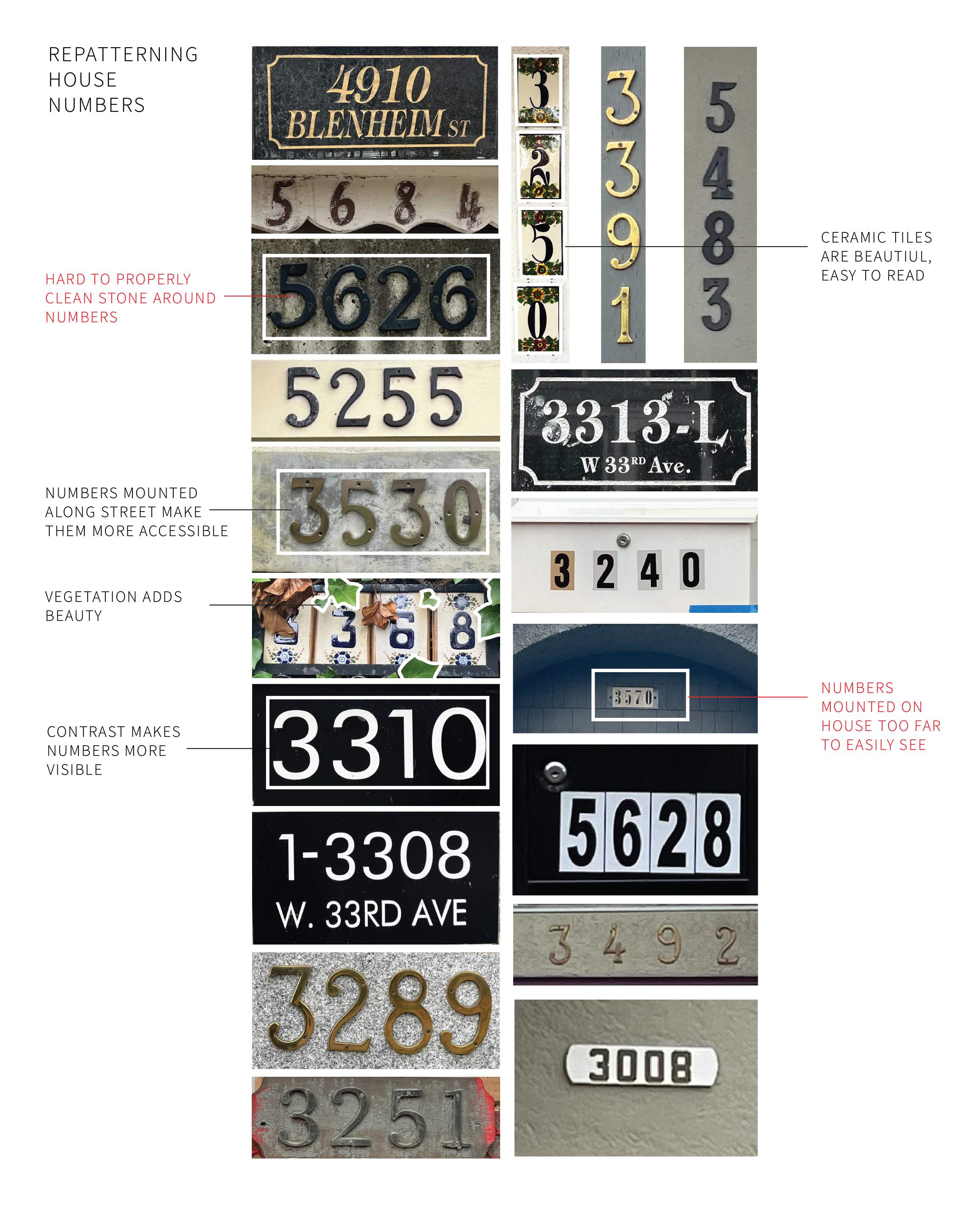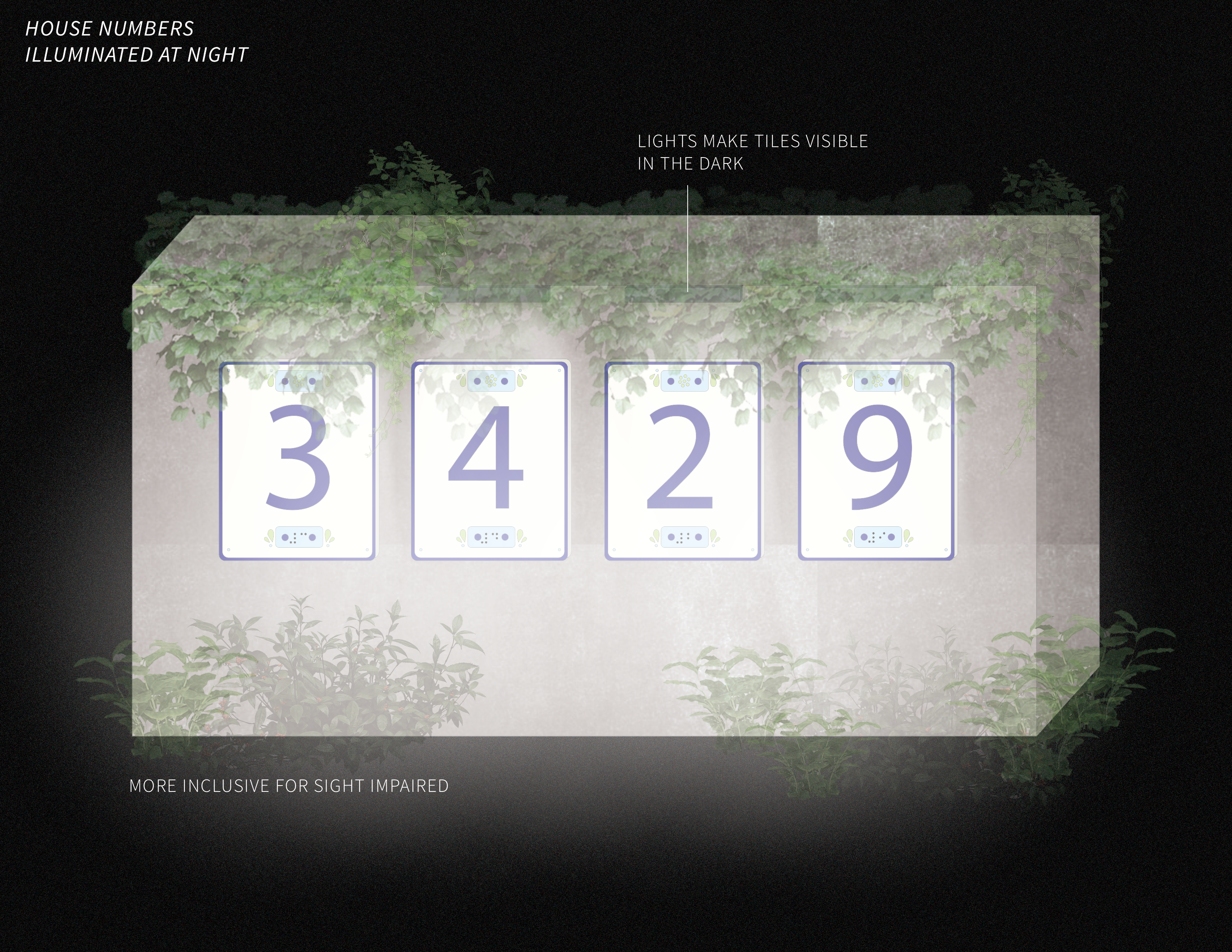In-class presentation
My previous experience with drawing was what is ‘seen’ and ‘measured’, for example, in classes like an architectural drawing course I took in my undergrad, in art class in high school learning to draw still life, and in Trees and Shrubs, drawing plants for their botanical accuracy.
Way back before all these experiences, I would say I drew more on what is ‘felt’. I experienced the world through cartoons, sketchy hand drawings, and drew from feeling.
This course for me was the process of unlearning the emphasis on seeing visually to expose the complexity behind our other four senses.
Around the blindfold excercise, it all clicked and I loosened up my hand, drawing what is felt again. I started to enjoy the drawings I was producing and let go of the control I was inflicting on the pen.
For this field, I will take the messages I learned in this course and apply them to the way I approach design and ‘reading’ a landscape. It’s simple but I plan to sketch first, not be caught up in a final ‘look’, and use drawing as a tool for communicating my design quickly and efficiently.
The landscape lives within us, through our senses and ability to perceive. For me, I see this as a means to support my belief that we are not seperate from nature, that nature is within us and is us. I am thankful to have learned from Daniel and his approach as well as my classmates and look forward to continue to draw from the five senses.
Course summary – brainstorming


